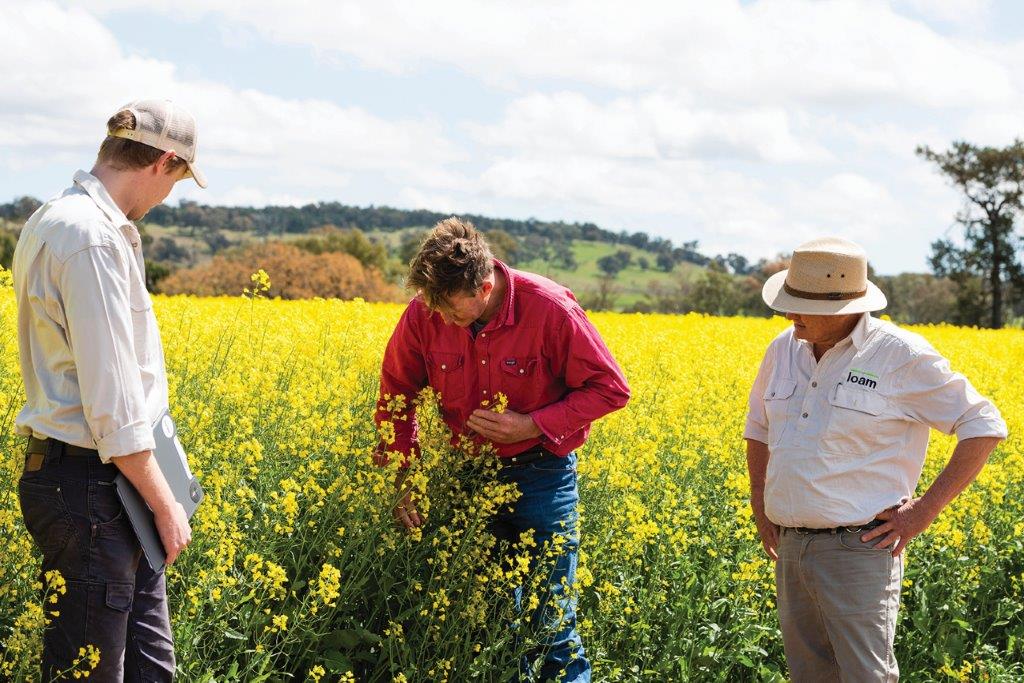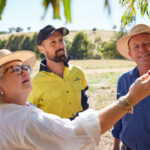For those who have dived into carbon farming already – or even just the researching…
Clean up of carbon credit scheme

An independent review of Australia’s The Australian Carbon Credit Unit (ACCU) scheme has recommended a revamp to improve transparency and confidence in the carbon market.
The integrity of the Australian Carbon Credit Unit scheme has been questioned in recent months, with some academics saying it was not delivering any real cuts to emissions.
The review, led by the former national chief scientist Prof Ian Chubb, rejected those claims.
While the review panel was provided with some evidence supporting a lack of integrity, it was also provided with evidence to the contrary and concluded the scheme was “fundamentally” well-designed when introduced.
“There may be several reasons for the polar-opposite views,” the Review’s final report states.
“One is likely to be a lack of transparency, meaning that third parties cannot access the relevant data and so different conclusions can be drawn, and all genuinely held.”

The scheme works by giving a carbon credit, officially called an ACCU, for every tonne of greenhouse gases avoided or stored by registered projects.
The panel did make several governance recommendations to bolster trust in the scheme, including the sharing of data on credits and carbon service providers and carbon market advisors, including agents, should be accredited and regulated.
They also suggested reducing the complexity by simplifying scheme documents and improving the accessibility of scheme information, a move welcomed by NSW Farmers.
NSW Farmers economist Brendan O’Keeffe said stakeholders like farmers do need to have trust in the ACCU system as the nation attempts to achieve the reality of net zero emissions.
“Carbon farming activities will play an important role in delivering economic and environmental benefits to regional Australia, but there has been lack of transparency and information which has created confusion,” Brendan said.
“That’s why we support the reports final recommendation, which is that the Australian Government should continue to support the capacity and capability of rural and remote communities, including First Nations Australians, to participate in and benefit from the ACCU scheme.”
There is a danger, however, that land is used for carbon credits even when it is less profitable than agriculture. This results in both the loss of agricultural land and credits being used to offset the emissions of big companies rather than them making meaningful action to abate their own emissions.”
Climate Change and Energy Minister Chris Bowen said the Australian Government has made an in-principle commitment to implement all 16 of the review’s recommendations.
Climate Council says carbon credits are not the answer
The Climate Council says carbon offsets examined by the Chubb Review cannot be a substitute for avoiding and reducing harmful emissions.
The environmental group supports the review’s brief of reviewing governance and reporting arrangements for ACCUs, but says too many major emitters are buying ACCUs “so that they can continue to pollute as usual”.

“Cheap and easy offsets on paper do little to tackle the climate crisis,” said Climate Council Head of Advocacy Dr Jennifer Rayner. “The only lasting solution is genuine and deep cuts in emissions.
“The Chubb Review has provided some positive recommendations for improving the integrity and transparency of carbon credits. But the most important question is where and how will carbon credits be used?
“Big polluters shouldn’t be able to keep polluting as usual by offsetting much or all of their emissions under the Safeguard Mechanism. This will simply result in more pollution as usual and worsening climate damage.
“For the Safeguard Mechanism to work, and drive down emissions, there must be tight restrictions on the use of offsets.”
The Safeguard Mechanism is the main legislation driving the purchase of ACCUs. It was put in place by the previous Coalition Government and requires facilities that produce over 100,000 tonnes of greenhouse gases annually (around 215 facilities) to keep their net emissions below a baseline
The Albanese Government released proposed reforms to the Safeguard Mechanism this week, a well as proposed details of the $1.9 billion Powering the Regions Fund, for further consultation.
The proposed reforms are based on consultation with Safeguard businesses, industry associations, climate and community groups, academics and private individuals.
They include:
• The retention of the intensity baseline framework, which helps decouple emissions growth from economic growth by allowing baselines to grow and fall with production.
• A hybrid approach regarding the setting of baselines for existing facilities, heavily weighted towards site-specific levels at scheme commencement – giving facilities time to transition to industry average benchmarks by 2030. New facilities will be expected to meet a new ‘best practice’ benchmark.
• Tailored treatment for emissions-intensive, trade-exposed (EITE) facilities based on the principle of comparative impact, to ensure competitiveness and that emissions do not ‘leak’ overseas – noting that international competitiveness will increasingly depend on low emissions production.

Minister for Climate Change and Energy Chris Bowen said a reformed Safeguard Mechanism is expected to deliver 205 million tonnes of abatement to the end of the decade.
“Reforms to the Safeguard will help create an effective, equitable and efficient trajectory to net zero,” Mr Bowen said.
“We know that that 70 per cent of facilities, representing over 80 per cent of scheme emissions, already have corporate commitments to net zero by 2050 – this reform helps deliver the framework to get there.”
To support businesses and regional communities with this transformation, the Government is announcing an initial $600 million in funding from the Powering the Regions Fund (PRF) for trade-exposed Safeguard facilities. The Government has also started further consultation today on detailed design and implementation of the broader $1.9 billion Powering the Regions Fund.
If you are interested in carbon farming, read our special feature here.








